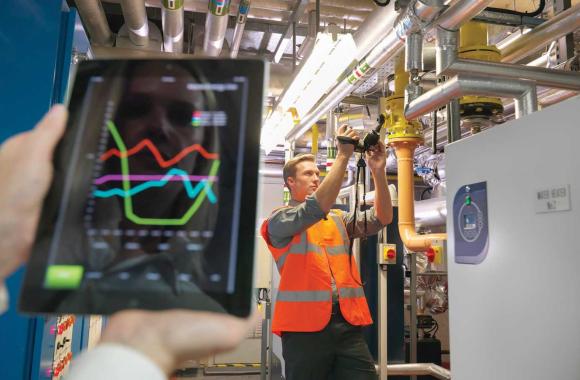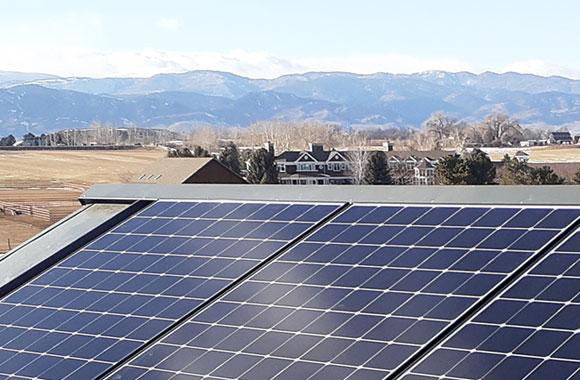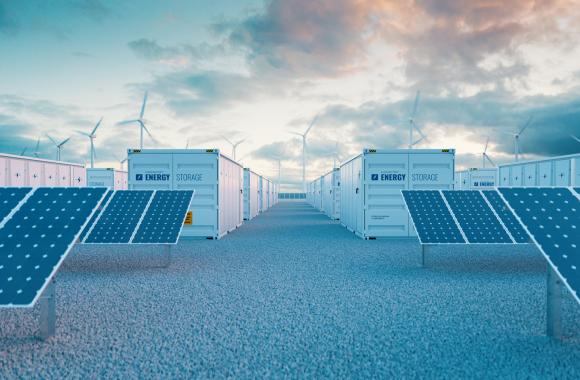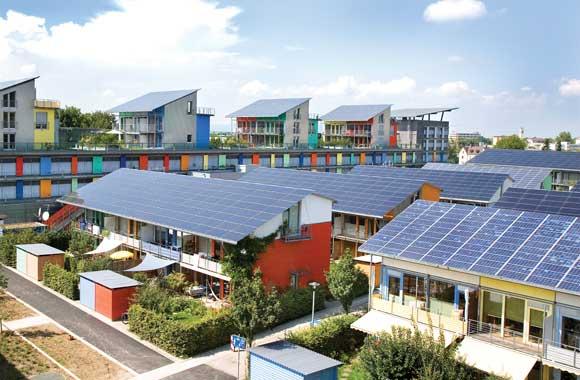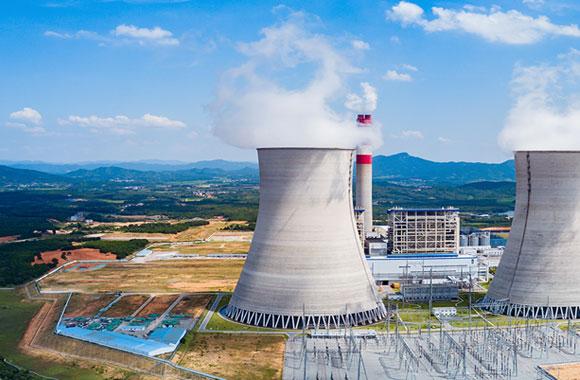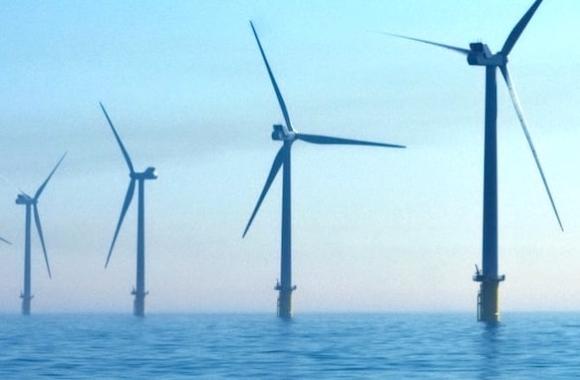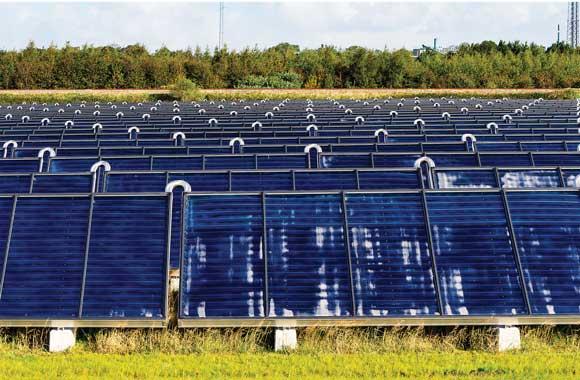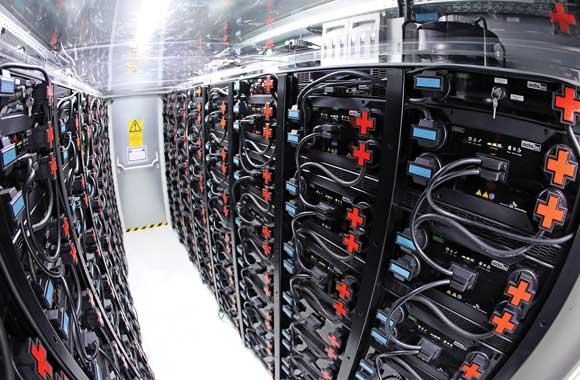Ocean Power
Wave- and tidal-power systems harness natural ocean flows—among the most powerful and constant dynamics on Earth—to generate electricity.
Reduced/Sequestered
2020–2050
To Implement
Operational Savings
Impact
We estimate that ocean power can grow from 0.0004 percent of global electricity production (around 1.1 terawatt-hours) to 383.14–502.51 terawatt-hours by 2050, reducing greenhouse gases emissions 1.27–0.80 gigatons. Net first costs to implement would be US$199.06–258.17 billion. Lifetime net operational costs would be US$1.06–1.39 trillion, but the investment would diversify renewable energy and pave the way for longer-term expansion and emissions reductions.
Introduction
Project Drawdown’s Ocean Power solution uses wave energy converters and tidal systems to generate electricity. This solution replaces conventional electricity-generating technologies such as coal, oil, and natural gas power plants.
Of the many types of renewable energy, wave and tidal energy is arguably the most predictable. Yet ocean energy currently accounts for a fraction of global electricity generation. Operating in harsh and complex marine environments is a challenge, and despite decades of work, marine technologies are still in early development. There are only a few locations around the world where it can be commercially deployed.
This assessment focuses on three types of marine renewables: wave energy converters, tidal stream, and tidal barrage. Wave energy converters are devices that turn the kinetic motion of ocean waves into electricity. Tidal stream energy uses underwater turbines to convert the flow of tidal currents into electricity. Tidal plants are large, utility-scale systems that direct the flow of tides through turbines to generate electricity.
The opportunity of marine-based energy is massive. Realizing it will require substantial investment and expanded research.
Methodology
Total Addressable Market
We based the total addressable market for the Ocean Power solution on projected global electricity generation from 2020 to 2050. The total addressable market is different for our two scenarios because Scenario 2 projects extensive electrification of transportation, space heating, etc., dramatically increasing demand and therefore production of electricity worldwide.
We estimated the current adoption (defined as the amount of functional demand supplied in 2018) at 1.06 terawatt-hours, representing 0.004 percent of global electricity generated.
Adoption Scenarios
We calculated impacts of increased adoption of ocean power from 2020 to 2050 by comparing two growth scenarios with a reference scenario in which the market share was fixed at the current levels.
- Scenario 1: Ocean power captures 1 percent of the generation mix in 2050 with 383.14 terawatt-hours of electricity generated. This is based on the average of yearly ambitious adoption pathways from recent long-term projection estimates from IEA (2017) Energy Technology Perspectives 2DS and B2DS scenarios; IEA (2018) World Energy Outlook SDS; and Energy [R]evolution Scenario from Greenpeace (2015), using a medium growth trajectory.
- Scenario 2: Ocean power generates 502.51 terawatt-hours of electricity (not quite 1 percent of the total addressable market) in 2050. This scenario is derived from the same sources of Scenario 1, using a high growth trajectory.
Financial Model
All monetary values are presented in 2014 US$.
Based on a meta-analysis of data from existing systems around the world, we assume an average installation cost of US$7,247 per kilowatt and a learning rate of 15.5 percent. That reduces the cost to US$1,837 per kilowatt in 2030 and to US$1,180 in 2050. We evaluate this cost relative to a weighted average of US$1,786 per kilowatt for conventional technologies. We used an average capacity factor of 34 percent compared with 57 percent for conventional technologies. Variable operation and maintenance costs were US$0.07 per kilowatt-hour and fixed operating costs were US$328.10 per kilowatt, compared with US$0.005 per kilowatt-hour and US$34.65 per kilowatt, respectively, for conventional technologies.
Integration
To integrate Ocean Power with other Project Drawdown solutions, we adjusted total addressable markets to account for reduced demand due to adoption of energy-efficiency solutions (e.g., LED Lighting and High-Efficiency Heat Pumps) as well as increased electrification from solutions such as Electric Cars and High-Speed Rail. We calculated grid emissions factors based on the annual mix of electricity generating technologies over time. We determined direct and indirect emissions factors for each technology through a meta-analysis of multiple sources.
Results
Net first costs for Scenario 1 are US$199.06 billion, with US$1.06 trillion in net operational costs over the lifetime of the technologies implemented. Under this scenario, carbon dioxide equivalent greenhouse gas emissions are reduced by 1.27 gigatons.
Net first costs for Scenario 2 are US$258.17 billion, with US$1.39 trillion in net operational costs over the lifetime of the technologies implemented. Under this scenario, carbon dioxide equivalent greenhouse gas emissions are reduced by 0.80 gigatons.
Discussion
Given the relative immaturity of the wave and tidal industry, it is difficult to predict how it will develop over the next three decades. Once operational, the low carbon footprint of wave and tidal systems makes them attractive. Nevertheless, many technical, financial, and policy-related challenges need to be overcome before these systems can be deployed at a large scale in the world.
Deployment of utility-scale tidal barrage stations may need a big push from governments. Wave energy, for its part, is more akin to the early wind energy industry. Once engineers and scientists settle on a design, the market will congeal, prompting competition and further adoption.
References
Greenpeace. (2015). World Energy [R]evolution, a sustainable world energy outlook. Retrieved from: http://www.greenpeace.org/international/Global/international/publications/climate/2015/Energ y-Revolution-2015-Full.pdf
IEA. (2017). Energy Technology Perspectives 2017 - Catalysing Energy Technology Transformations. International Energy Agency (IEA). Retrieved from: https://www.iea.org/etp/ DRAWDOWN.ORG — FEBRUARY 2020 PAGE 5 OF 10
IEA. (2018). World Energy Outlook 2018. International Energy Agency (IEA). Retrieved from: https://webstore.iea.org/world-energy-outlook-2018
What You Can Do
Consider allocating a portion of your investments to advancing renewable energy.
If you are an educator, offer your students an opportunity to explore the pros and cons of ocean power production.
- Expand your knowledge by exploring another Drawdown solution.



